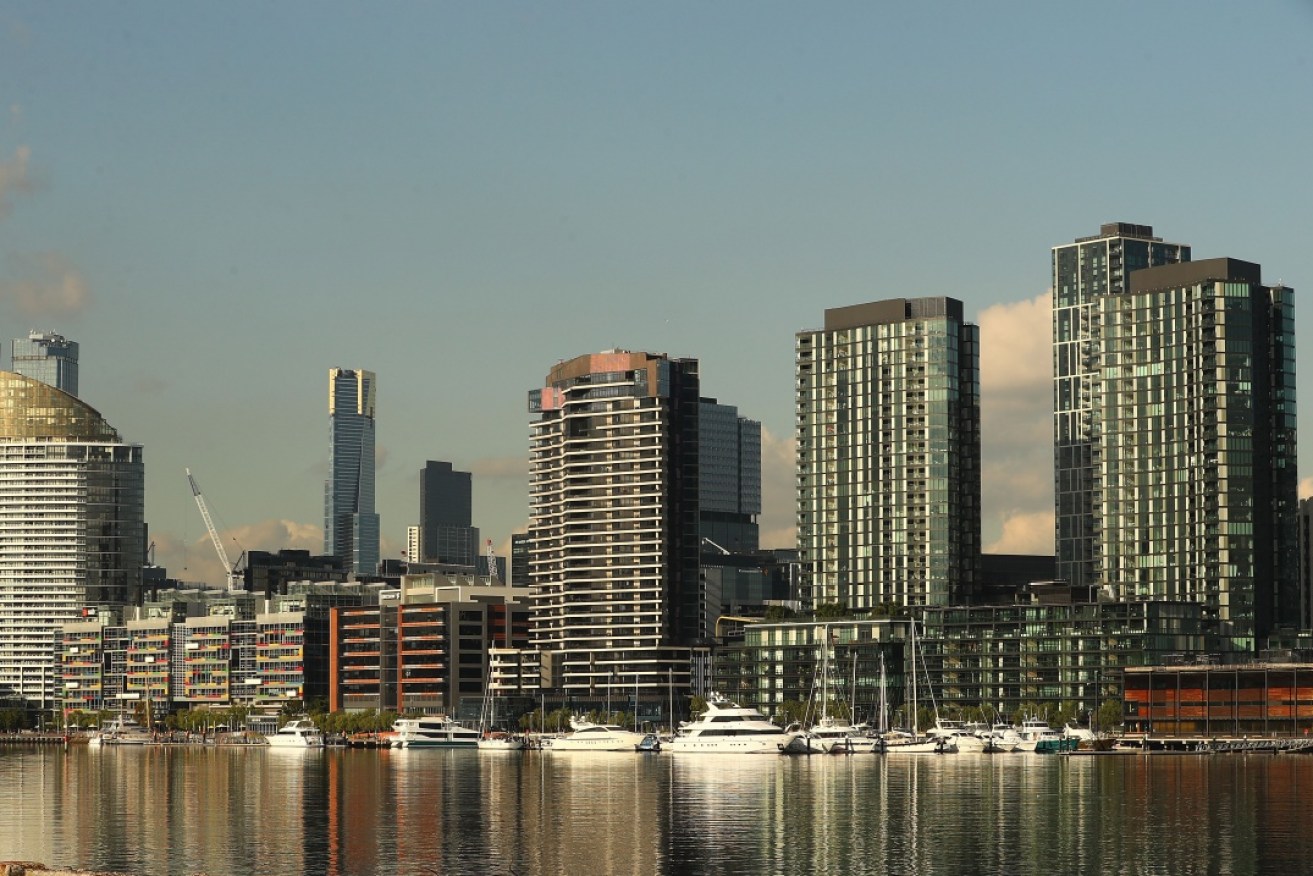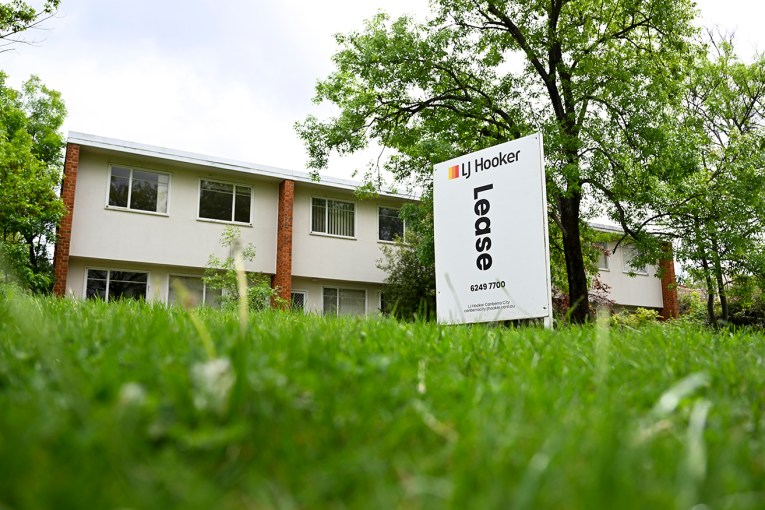What the apartment glut means for property prices


The Melbourne skyline has exploded with new apartments in the last five years. Photo: Getty
Concern is growing about an oversupply of new apartments in some capital cities after “record numbers of completions” in the past five years.
“Just look at the skyline in any of the major cities and you’ll see the cranes,” said ANU researcher Ben Phillips, co-author of a 2017 study that found Australia had built 164,000 more dwellings than it needs to cater for a growing population.
Melbourne has a residential vacancy rate of 1.3 per cent, compared with 2.6 per cent in Sydney, 3 per cent in Brisbane, 3.3 per cent in Darwin, and 4.1 per cent in Perth, SQM Research data shows.
But don’t assume that means prices will tumble.
Despite home-buyers and renters in many capital cities suffering from a lack of affordable housing, “you shouldn’t reach the conclusion there’s going to be a massive slump in apartment prices”, Mr Phillips said.
Instead, apartment stock will be absorbed in the next few years as populations in Sydney and Melbourne continue to grow, he said.
The apartment oversupply problem is most acute in the two major capital cities, plus Brisbane.
The surplus is a reaction to a previous “genuine” undersupply of housing, and a normal cycle of the building and construction industries, Mr Phillips said.
It’s not sending up red flags for the Urban Development Industry of Australia which represents more than 2000 development companies across the country.
In fact, its executive director Kirk Coningham denies there are too many new apartments in Sydney or Melbourne, and said Sydney’s market is experiencing “indigestion” rather than a glut.
“Hallmarks of an oversupply situation would include prices tumbling and lots of apartments left unsold and vacant on completion,” Mr Coningham said.
“This is not what we are seeing.
“Rather, certain development projects are deciding not to launch and or deferring commencement in response to softer market conditions.”

Apartment prices are not expected to go into freefall, despite record numbers of completions in some major cities. Photo: Getty
Apartments will continue to play an important role in the housing market in years to come, according to the UDIA. In Sydney, they “will continue to account for approximately 70 per cent of new housing supply”, Mr Coningham said.
“The challenge for the planning and development sectors is how to deliver the most appropriate apartment types for various household types, at affordable prices, in locations with good access to transport infrastructure.”
SQM Research property analyst Louis Christopher believes Brisbane, Perth and Darwin are experiencing apartment oversupply, but agreed talk of a glut in the nation’s two largest cities was overblown.
“Explosive” population growth in Melbourne – which grew by 2.7 per cent or 125,400 inhabitants in the year to June 2017, according to the Australian Bureau of Statistics – has absorbed absorbed surplus apartment stock, Mr Christopher said.
It’s a different story in Brisbane, which Mr Christopher described as a “tenants’ market”, with heavy discounting and apartment prices still falling, “particularly in the inner-city ring”.
“That doesn’t mean there’s an oversupply of dwellings across Brisbane, but when you have an oversupply in the inner-ring it can pull rents down,” he said.
Similarly, Darwin is “still very much a tenants’ market”, Mr Christopher said, while vacancy rates in Perth were the highest of any capital city, with the rental market “still suffering”.








